Deck & Commander Strategies

Leovold, Emissary of Trest
Control and resource denial through hand disruption and card draw taxes, leveraging Leovold’s ability to limit opponents' card draws and punish them for drawing, while using efficient spells to maintain pressure and advantage.

Braids, Cabal Minion
Land recursion and incremental advantage by repeatedly sacrificing and returning lands, combined with amassing tokens from Dreadhorde Invasion to apply continuous pressure and disrupt opponents’ resources.

Griselbrand
Fast ramp into Griselbrand to draw large amounts of cards quickly, aiming to generate overwhelming card advantage and find combo pieces or finishers, while protecting the commander with disruption and counterspells.

Erayo, Soratami Ascendant
Lock opponents out of casting multiple spells per turn by flipping Erayo early with Jeweled Lotus and using her Essence to counter key spells, establishing control through card advantage engines and lock pieces like Arcane Laboratory.
Gameplay Insights
- 1
Baal’s early use of Jeweled Lotus to cast Erayo and flip her on turn 2 set a strong tempo and control foundation that shaped much of the midgame.
- 2
Arcane Laboratory created a powerful lock restricting players to one spell per turn, forcing opponents to find specific answers or lose board presence.
- 3
David’s Abrupt Decay was crucial for breaking the Arcane Laboratory lock, allowing him to continue developing his board and card advantage.
- 4
Hélder’s decision to pay large amounts of life to draw 21 cards with Griselbrand demonstrated the deck’s potential explosive power, but Baal’s well-timed Miscast disrupted the follow-up, highlighting the importance of counterspell timing.
- 5
Leovold’s combination of hand disruption and attacking key planeswalkers like Teferi helped limit opponents’ ability to recover from locks and pressure.
- 6
Leite’s Braids strategy focused on incremental amassing and pressure rather than quick combos, relying on resilience and resource recursion to outlast opponents.
- 7
The interaction between Erayo’s Essence and multiple key spells caused constant tension and forced players to adapt their strategies around spell counting and priority management.
Notable Cards
-

Jeweled Lotus
-
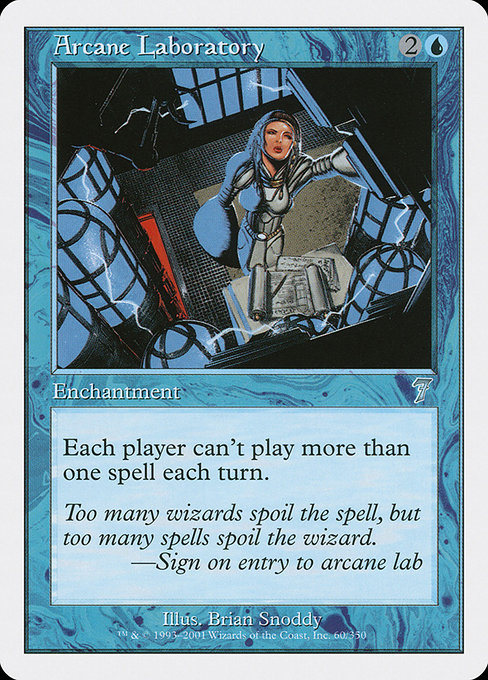
Arcane Laboratory
-
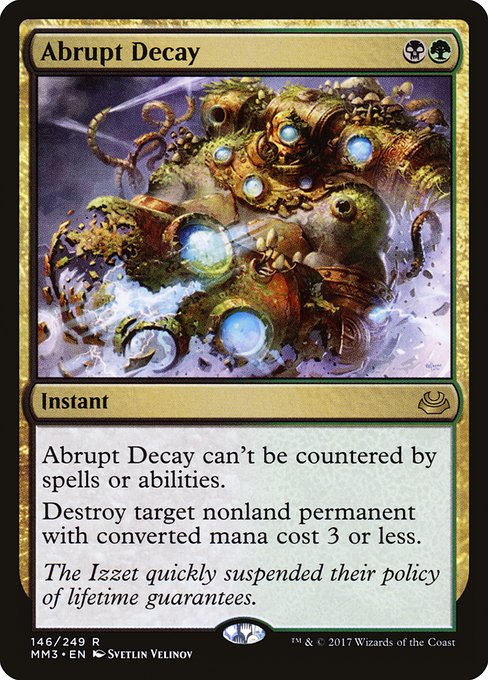
Abrupt Decay
-
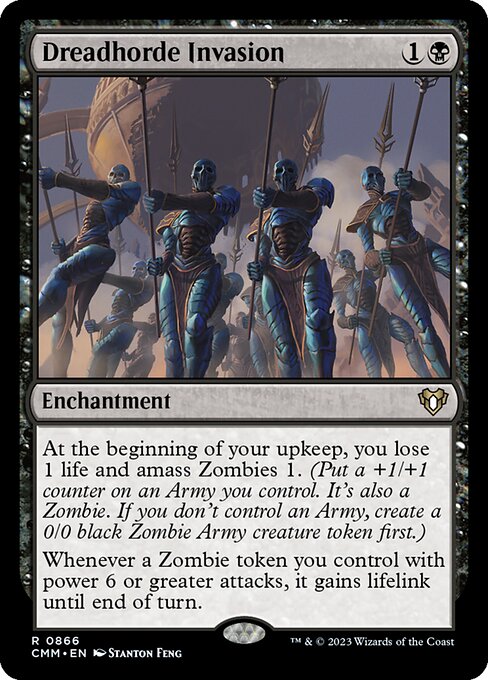
Dreadhorde Invasion
-
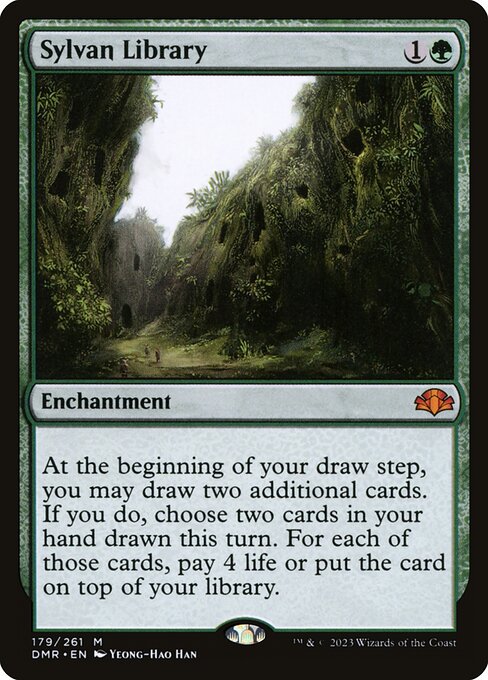
Sylvan Library
-
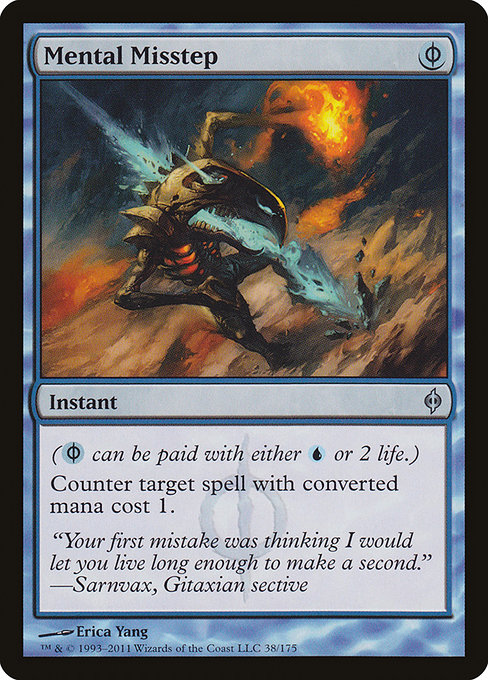
Mental Misstep
-
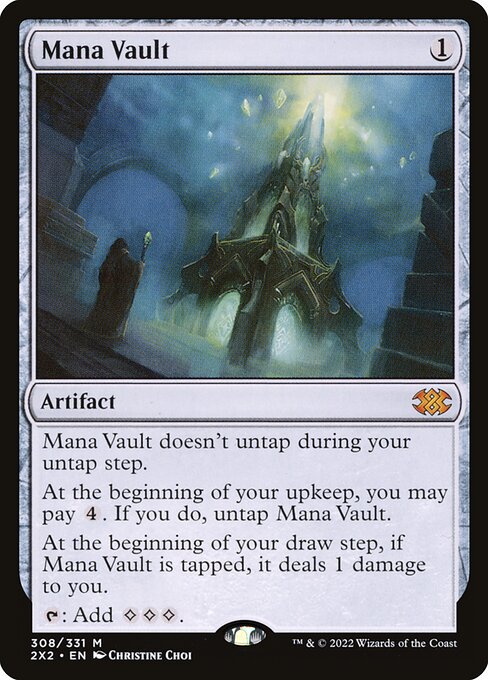
Mana Vault
-

Mystical Tutor
-
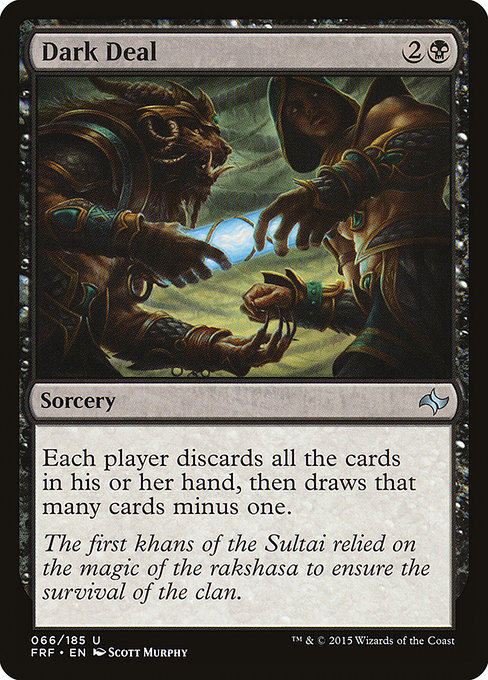
Dark Deal
-
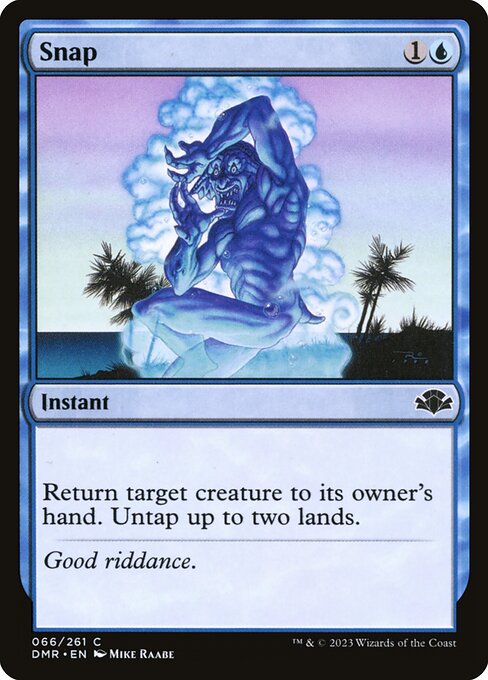
Snap
-
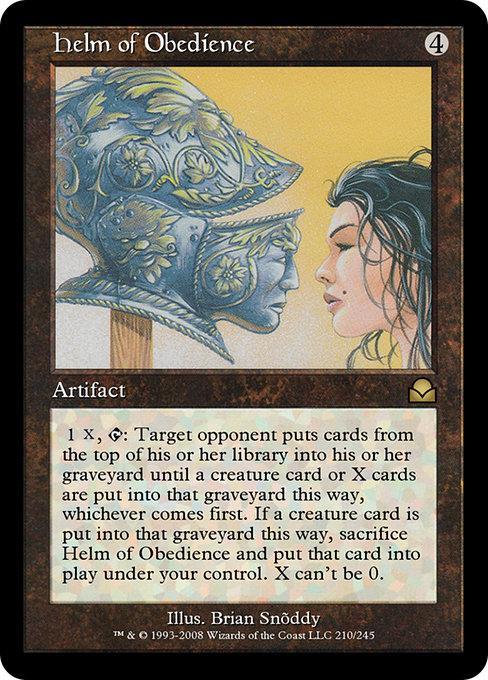
Helm of Obedience
-
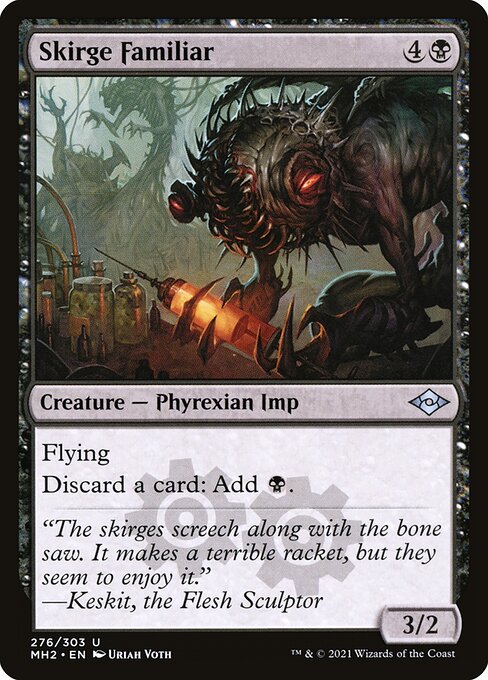
Skirge Familiar
Gameplay Summary
The game started with all four players piloting banned commanders, each showcasing powerful and disruptive strategies.
Baal, on Erayo, Soratami Ascendant, quickly established a lock with Jeweled Lotus and flipped Erayo early, using her Essence to counter key spells and maintain control.
Leite’s Braids, Cabal Minion deck aimed to disrupt opponents by recurring lands and applying steady pressure with Dreadhorde Invasion, trying to amass an army.
David’s Leovold, Emissary of Trest deck focused on resource denial through hand disruption and card draw engines like Sylvan Library, leveraging Leovold's ability to punish opponents for drawing cards.
Hélder’s Griselbrand deck aimed to ramp fast into Griselbrand to draw large amounts of cards and generate overwhelming advantage, but faced significant disruption from Erayo's lockdown and Baal's counterspells. A pivotal moment occurred when Baal resolved Arcane Laboratory, locking players out of casting multiple spells per turn, but David was able to break the lock with an Abrupt Decay.
The game saw continuous skirmishes around Erayo’s control, Leovold’s card denial, and Braids’ incremental threats.
Hélder’s Griselbrand made a massive draw of 21 cards but was stopped by Baal’s Miscast during a key interaction, preventing a potential win.
The gameplay was a tense balance of locking down opponents, resource denial, and trying to find openings to push through damage or combo off, with each player adapting to the heavy disruption present in this banned commanders format.
















![Commander VS: Braids VS Erayo VS Leovold VS Emrakul [EDH] thumbnail](https://i.ytimg.com/vi/4cUZFVFKMkc/sddefault.jpg)





![Leovold Midrange vs. Aminatou Reanimator [Duel Commander-EDH] - Magic: The Gathering thumbnail](https://i.ytimg.com/vi/HLaOvZKIW-k/sddefault.jpg)
![Leovold Midrange vs. Winota Aggro [Duel Commander-EDH] - Magic: The Gathering thumbnail](https://i.ytimg.com/vi/zv30si4Io9Q/sddefault.jpg)
![Akiri & Thrasios vs. Leovold Midrange [Duel Commander-EDH] - Magic: The Gathering thumbnail](https://i.ytimg.com/vi/LHiDeurT0NM/sddefault.jpg)








